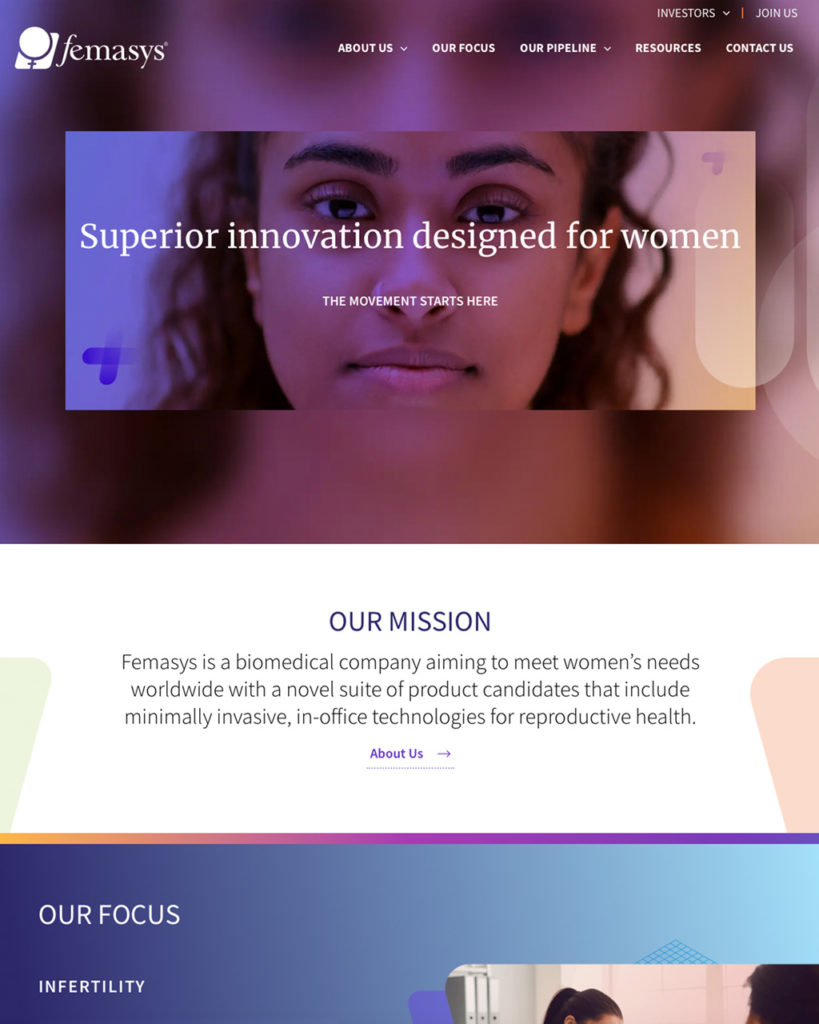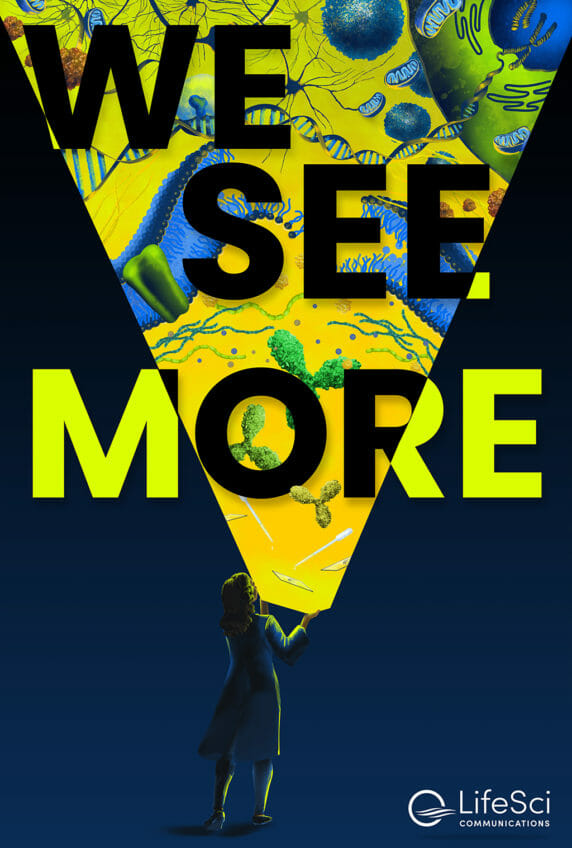LifeSci Communications opened its doors in 2017 with a narrow remit: corporate communications for emerging biotech companies. It wasn’t the only shop attempting to engage more effectively with institutional investors, KOLs and advocacy groups — sophisticated audiences, all — but it quickly proved adept at doing so.
The reason? LifeSci didn’t skimp on the science. Of the 79 full-timers on hand as of late April — the company had already doubled staff size during 2021, from 35 to 70 — 20 were either M.D.s or Ph.D.s. Even for a firm with science in its moniker, a ratio of one doctor/academic for every four people is both unusual and exceptional.
“At some agencies, physicians and Ph.D.s are used like consultants: They fly in and fly out of programs,” notes founding partner and CEO Matt Middleman. “Our ability to understand the science puts us in a better position to translate the science. There’s a fine line between dumbing things down and explaining them in a way that makes sense and highlights what matters.”

That focus served LifeSci well during a 2021 that saw revenue jump 46%, to $16.2 million from $11.1 million in 2020. The firm landed a host of new client engagements, including work from Pulmocide, BlueSphere Bio, Immunome, Nurix and Alto Neuroscience.
Over the course of its five years, LifeSci has primarily been known for corporate communications. But as clients navigate an increasingly chaotic healthcare environment, they’ve called on the agency to expand its offering. As a result, LifeSci now handles assignments in the realms of product communications, market conditioning and even clinical trial recruitment.
“We’re helping these companies prepare for commercialization. We’re naming them. We’re doing websites,” reports EVP Stephanie Scott. “We’re working with them across their entire life span. That’s the hidden story about our own growth.”
Of course, the question then becomes how LifeSci sustains its momentum, especially at a time when so many other companies are looking to staff up. “We’ve never been able to get ahead of hiring, because we’ve been growing so consistently,” says agency president Maggie Helmig. “We’ve grown faster than we can hire people at the level where the bar’s been set.”
To combat this, LifeSci is looking in nontraditional places for scientific-minded talent, with academia having proven fruitful of late. “How many careers follow out of academia where you can do high science and high finance and also get to be creative?” Middleman asks.
Then there’s the matter of letting people know about the company’s far more expansive offering.
“When I joined a few years ago, my friends in the industry had never heard of us,” Helmig says, adding with a laugh, “I barely had myself.” That’s no longer the case — but LifeSci’s burnished rep will likely prompt poachers to come after its top people before too long.
Middleman doesn’t seem too concerned. “One of our tenets is that we allow folks to be given responsibility based on their capabilities, rather than their titles,” he says. “If you can handle something, you’re going to get to do it. That’s motivating to the people who are here and attractive to the ones who aren’t yet.
. . .
Work from outside pharma you admire…
The Tommy Hilfiger spring 2018 adaptive clothing campaign helped make fashion more inclusive and accessible for those with disabilities. By shining the spotlight on an unmet need and designing clothes specifically for this audience, Hilfiger helped empower differently abled people to express themselves through style. It also set an example for other brands to think about ways to provide more options in the future for those with disabilities. — Helmig
From the June 01, 2022 Issue of MM+M - Medical Marketing and Media







